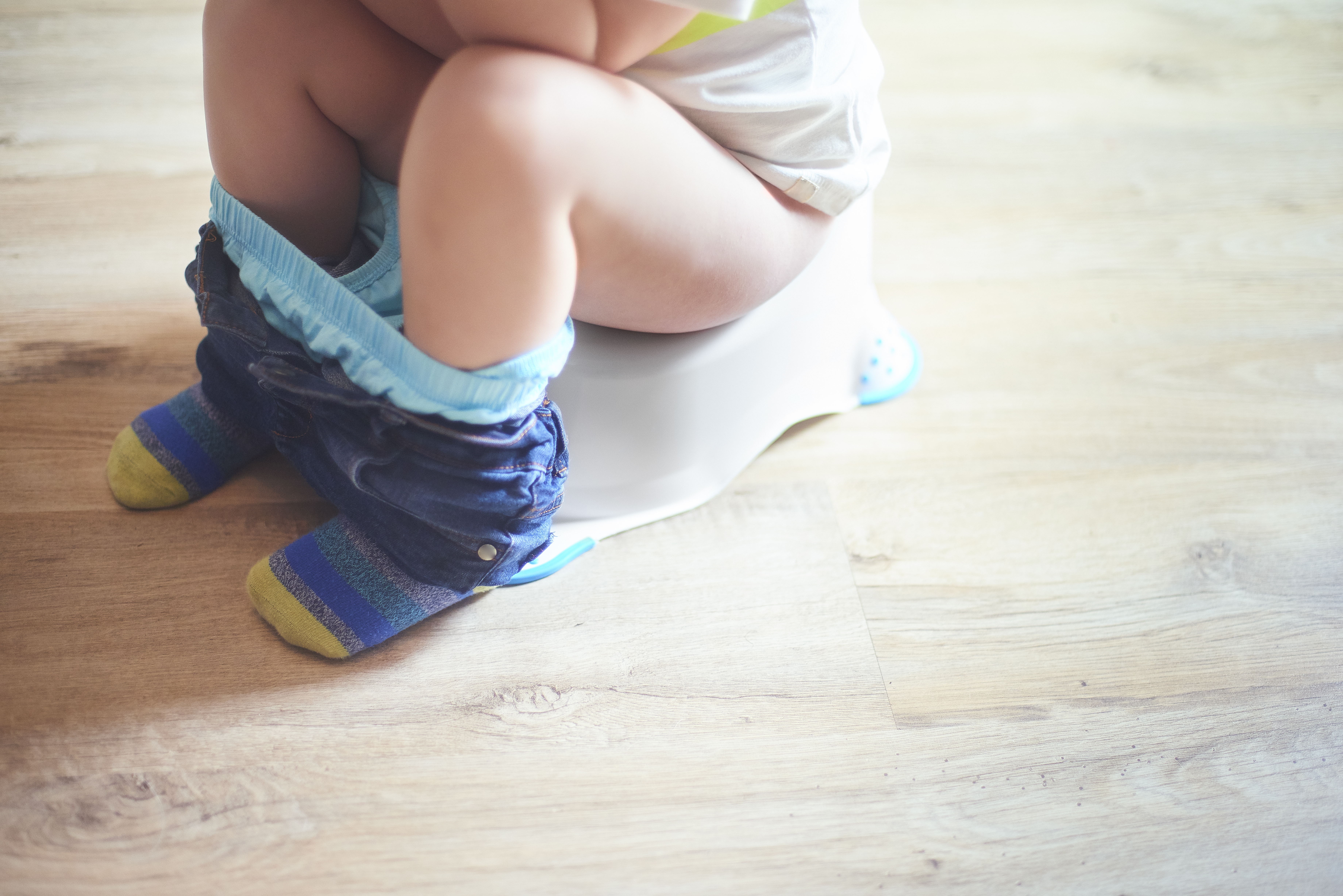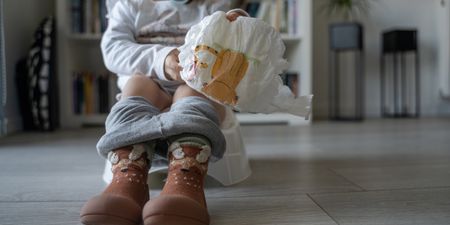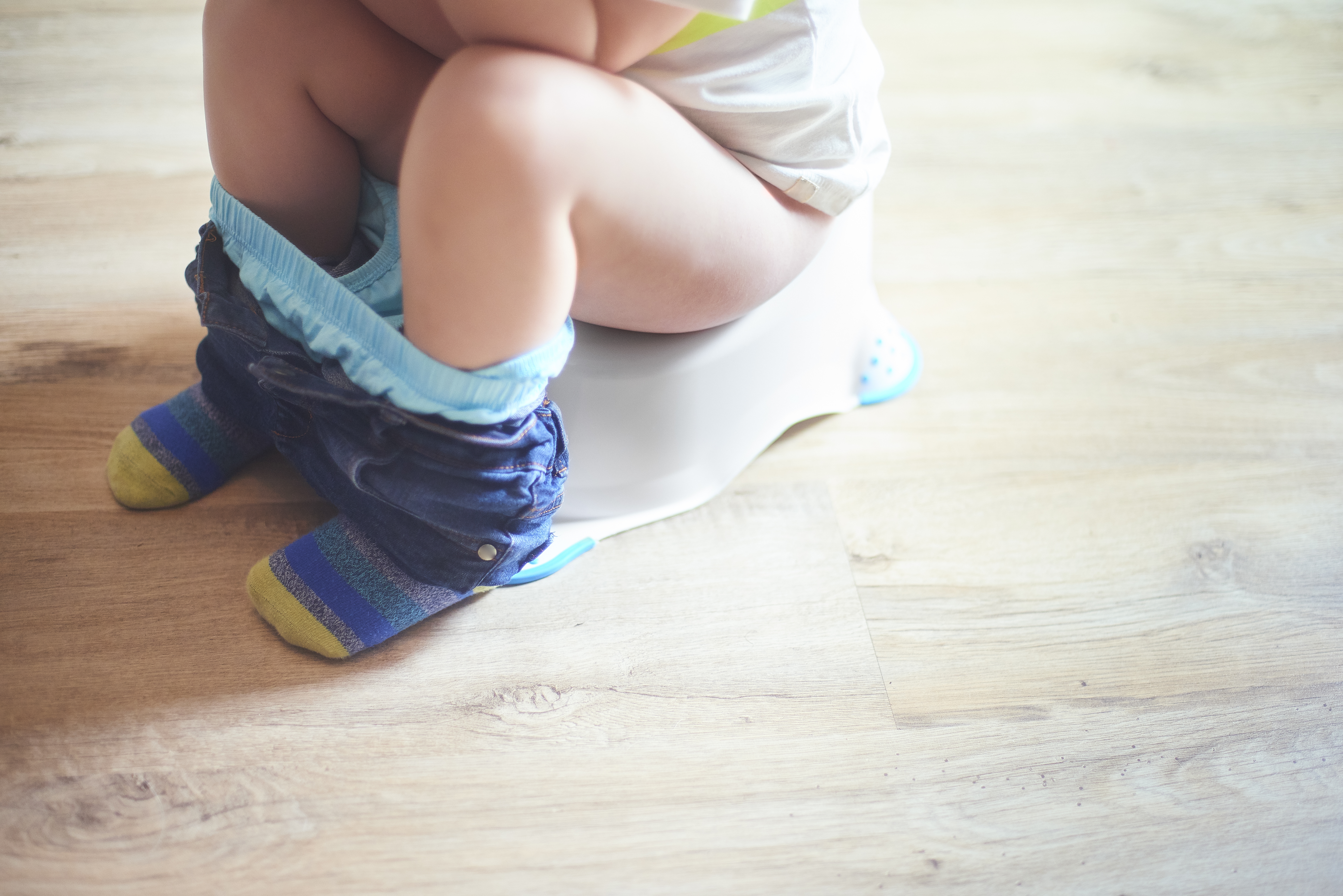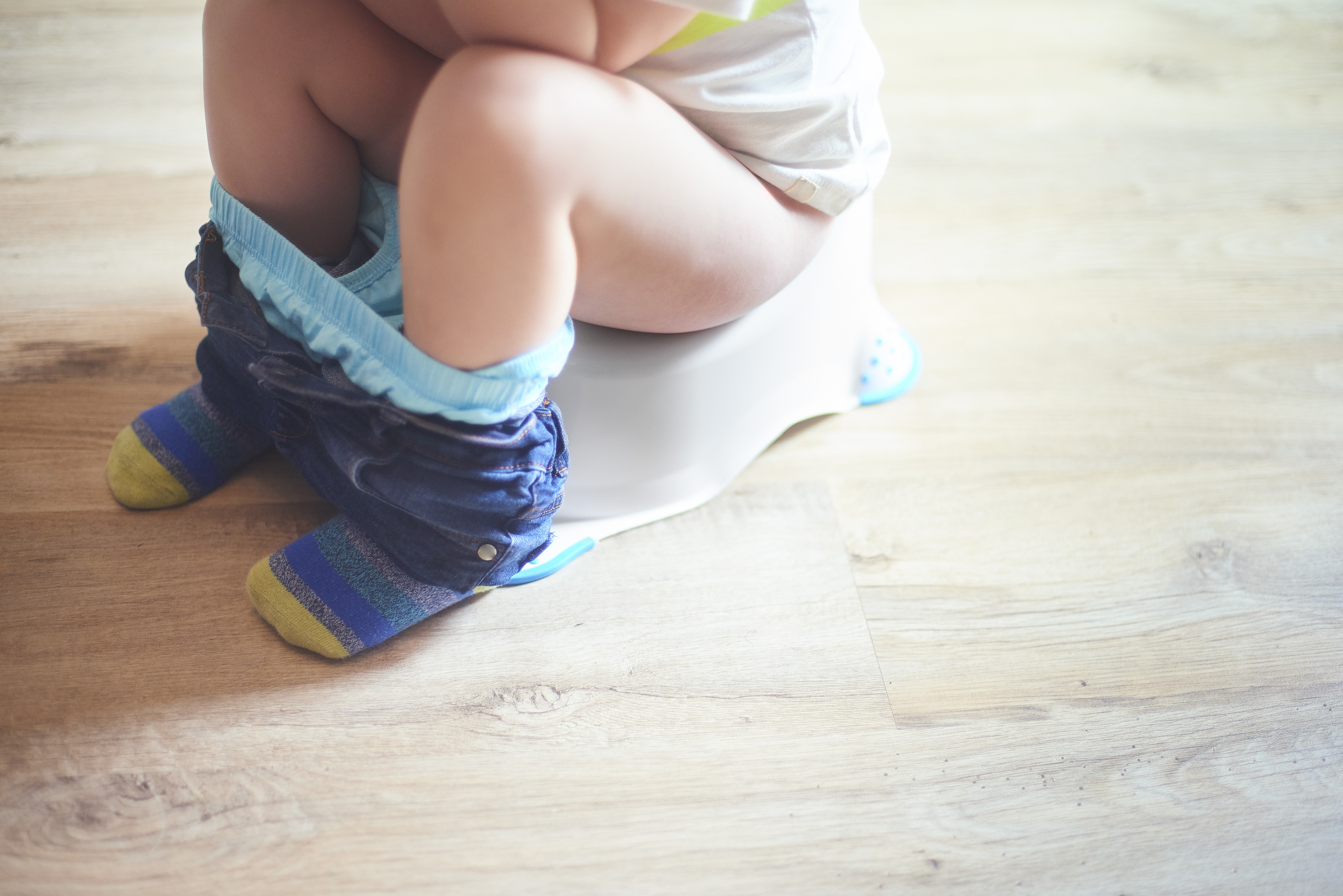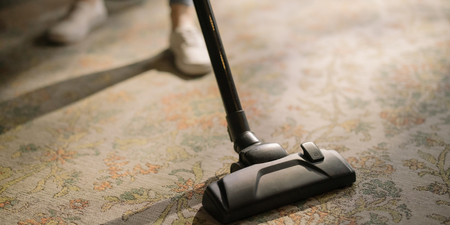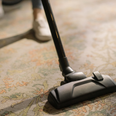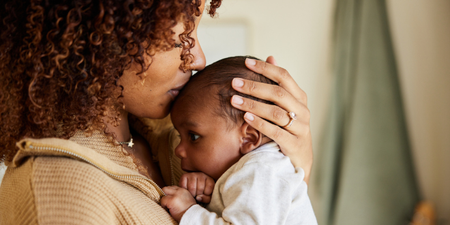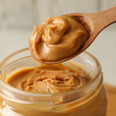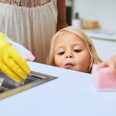Constipation in toddlers and young children is quite common, but it can sometimes be distressing.
Often it’s down to a lack of dietary fibre. It also tends to strike around the time of toilet training or the start of pre-school or school. Registered dietician Regina Rattigan, MINDI, shares her expertise on preventing constipation.
Key stages for constipation: “As dieticians, we see a lot of children, particularly around the age of three where they’re being potty trained, and at the early school-going age,” Regina says. “A lot of kids will withhold a bowel motion in pre-school or school. They wait unit they come home because they prefer to use their own toilet and feel more comfortable there. There can then be an issue of constipation setting in.
“Toilet training itself can lead to constipation as children can get a bit nervous and start withholding bowel movements.”
1. Signs and symptoms
“In children, a sign of constipation is when there are less than three bowel movements in a week,” Regina explains. “Parents should look out for pain and trouble when the child is going, and stools that are hard and dry.
“Every child is different, though. Some children might have a bowel motion twice a day and another child might go every second day. Figure out what’s normal for the individual child.
2. Introduce more fibre
As Regina points out, the National Children’s’ Food Survey found that 61 per cent of children in the five to 12 year-old age group aren’t getting enough fibre. “Pre-school children tend to do better in terms of dietary fibre,” she notes. “And, overall, even in the adult population, the intake of fibre would be a lot lower than it should be.”
In terms of preventing constipation, Regina’s advice is to gradually introduce more fibre into the diet. “I’d recommend trying to get the child to try a high fibre breakfast cereal – good ones would be porridge, Ready Brek, Weetabix, Oatibix and Shredded Wheat. Getting the child to eat those – maybe not every day, if they won’t have it every morning – but even just encouraging them to have those cereals more regularly is a help.”
3. Boost fruit and vegetable intake
While getting children to eat more fruit and veg is a good way to help prevent constipation, Regina recommends going for options where kids can eat the fibre-rich skins too.
“Try to get children to eat apples with the skin on because that’s where a lot of the fibre is,” she advises. “Apples, pears and all the different berries are all recommended. Dried fruit can be very handy – too much can contribute to tooth decay because of the natural sugars – but they’re a handy source of fibre and a better idea than crisps or sweets.
“Encourage children to eat vegetables with dinner or put a small amount of salad into their sandwiches. Baked potatoes with the skins on are high in fibre. Rather than chips, it’s a good idea to make your own potato wedges and leave the skins on. Make them by covering them with a little olive oil and baking them in the oven.
“Other really good sources of fibre would be beans, chickpeas and lentils.”
4. Swap white carbs for brown or mix the two
“A lot of children would tend to be very fond of white bread,” Regina points out. “There’s a small amount of fibre in that, but there would be a lot more fibre in wholegrain breads. Try to introduce brown rice or pasta by doing half-and-half brown and white. Once they get used to it, the kids don’t really take any notice and it tastes more or less the same. Aim to do that even once or twice a week and it’s a good way to up the fibre intake for the whole family.”
5. Gently does it
“If you’re increasing fibre in your child’s diet, don’t go gung ho on the first day,” Regina advises. “It’s important to make those changes gradually, over the course of a couple of weeks. Children can tend to have a bit or pain or wind as their system gets used to the extra fibre. So, gradually introduce a new high fibre food every few days. Don’t do porridge, fruit, veg and lentils all on the one say if a child isn’t used to that.”
6. Increase fluids
If children aren’t drinking enough fluids the risk of constipation can worsen, and it’s really important to balance any increase in fibre with more drinks like water and other low sugar options.
Here’s Regina’s advice: “When you’re starting to introduce extra fibre to your child’s diet, make sure they drink plenty of fluids because they can end up more constipated. The stool needs to absorb water to make it softer for passing through the bowel. Water is always the best fluid choice, but if children don’t like it, you can dilute it with a small amount of unsweetened fruit juice or even a no-added-sugar squash.”
7. Get them active
“Physical activity, even in adults, stimulates the bowel and keeps it active,” Regina notes. “If children are sitting in front of the telly or games all day, the bowel can tend to be more sluggish. Children should be encouraged to be more active, even if it’s just out around the garden, on the swings, on the bike, or playing football, or whatever. That definitely helps to prevent constipation.”
8. Eat regularly to be regular
“Eating meals at regular times helps to regulate the bowels,” Regina advises. “Aim to have the children eating their meals at the same time every day. That can be very helpful in preventing constipation.”
9. Toilet training tips
Avoiding constipation also comes down to practical things like making the toilet less intimidating and encouraging children to take their time.
“Twenty minutes after every meal, get the child to sit on the toilet for ten minutes,” Regina says. “That means they’re not rushing back to playing or the telly. Let them relax and stay with them if you can. You could do a counting game or sing a song from school or have a chat to help them relax. If you have to go out, give the child a book or a comic to look at.
“A footstool also helps the child to balance on the toilet. Make sure the toilet training seat is properly in place. Having those set up means the child isn’t trying to balance on the toilet with their feet dangling and trying to have a bowel motion at the same time. Make sure they’re comfortable and give them time and reassurance.”
10. Seek medical advice
If constipation lasts longer than two weeks and isn’t resolving with the above changes, the child should be taken to see GP, Regina advises. “The doctor may decide the child needs a laxative and to investigate that there is no underlining medical or physical factor involved.”
Regina Rattigan, MINDI, is a Consultant Dietician with Nutritionwest (nutritionwest@gmail.com). She is a member of the Irish Nutrition and Dietetic Institute.



